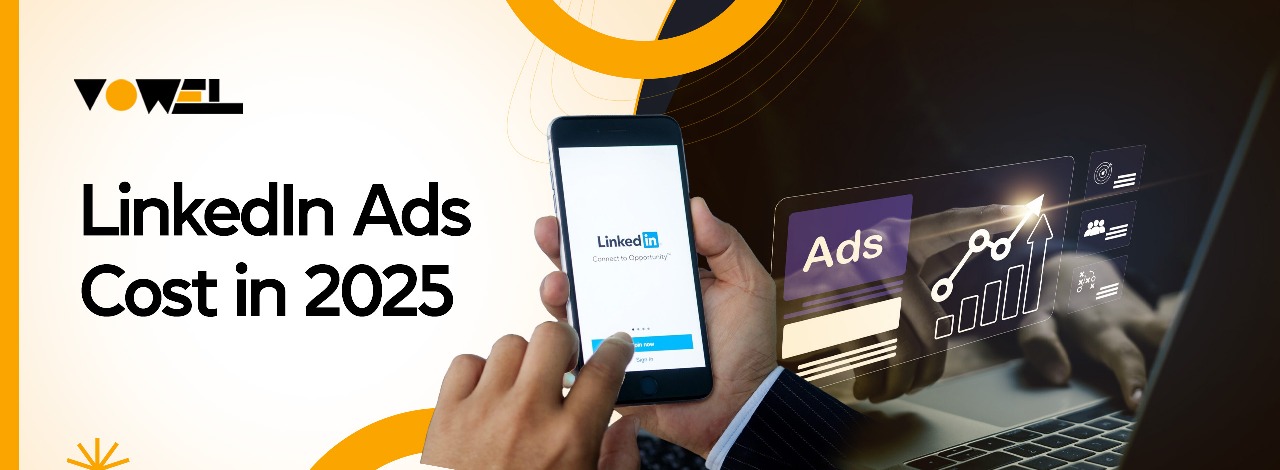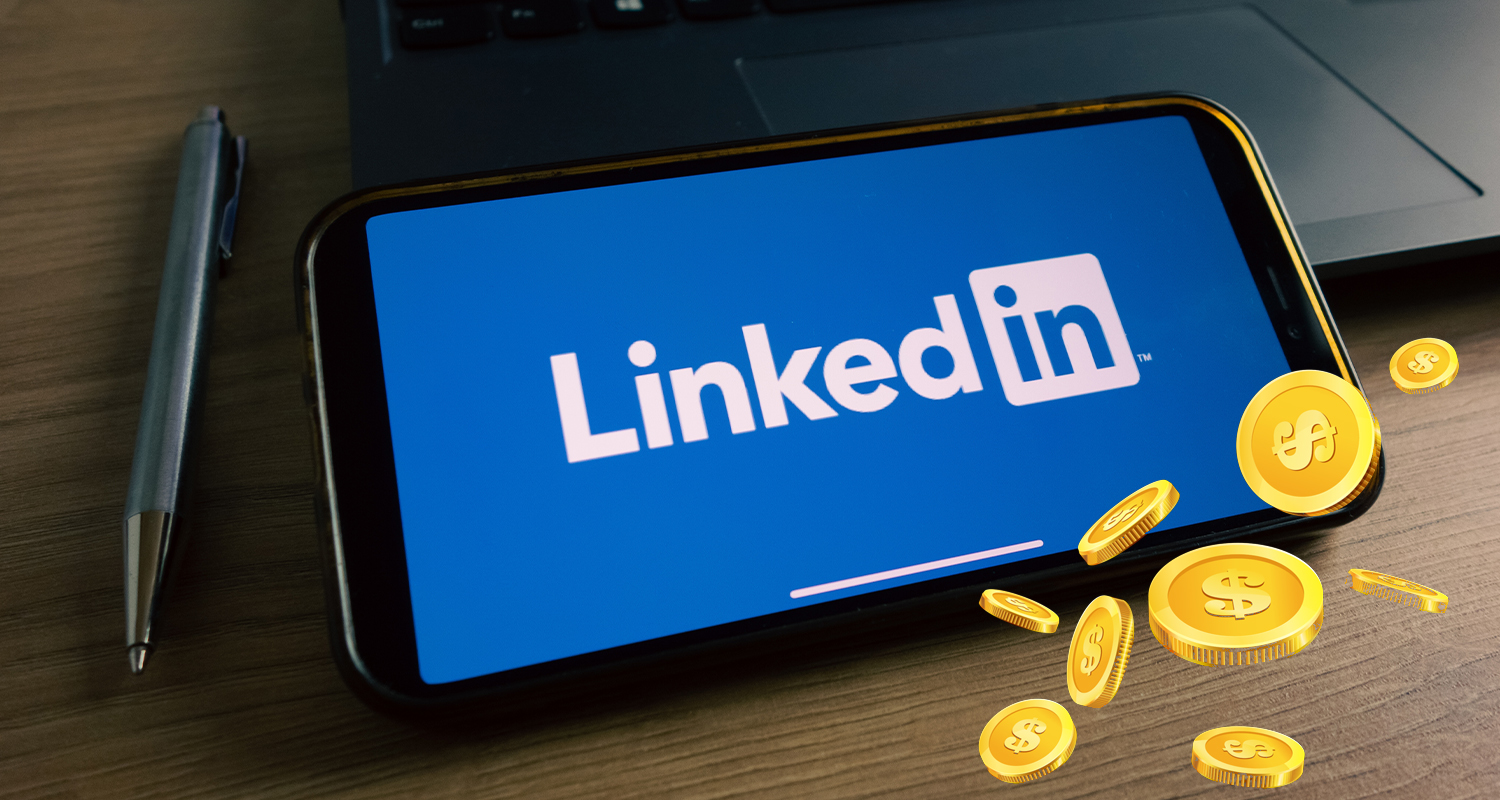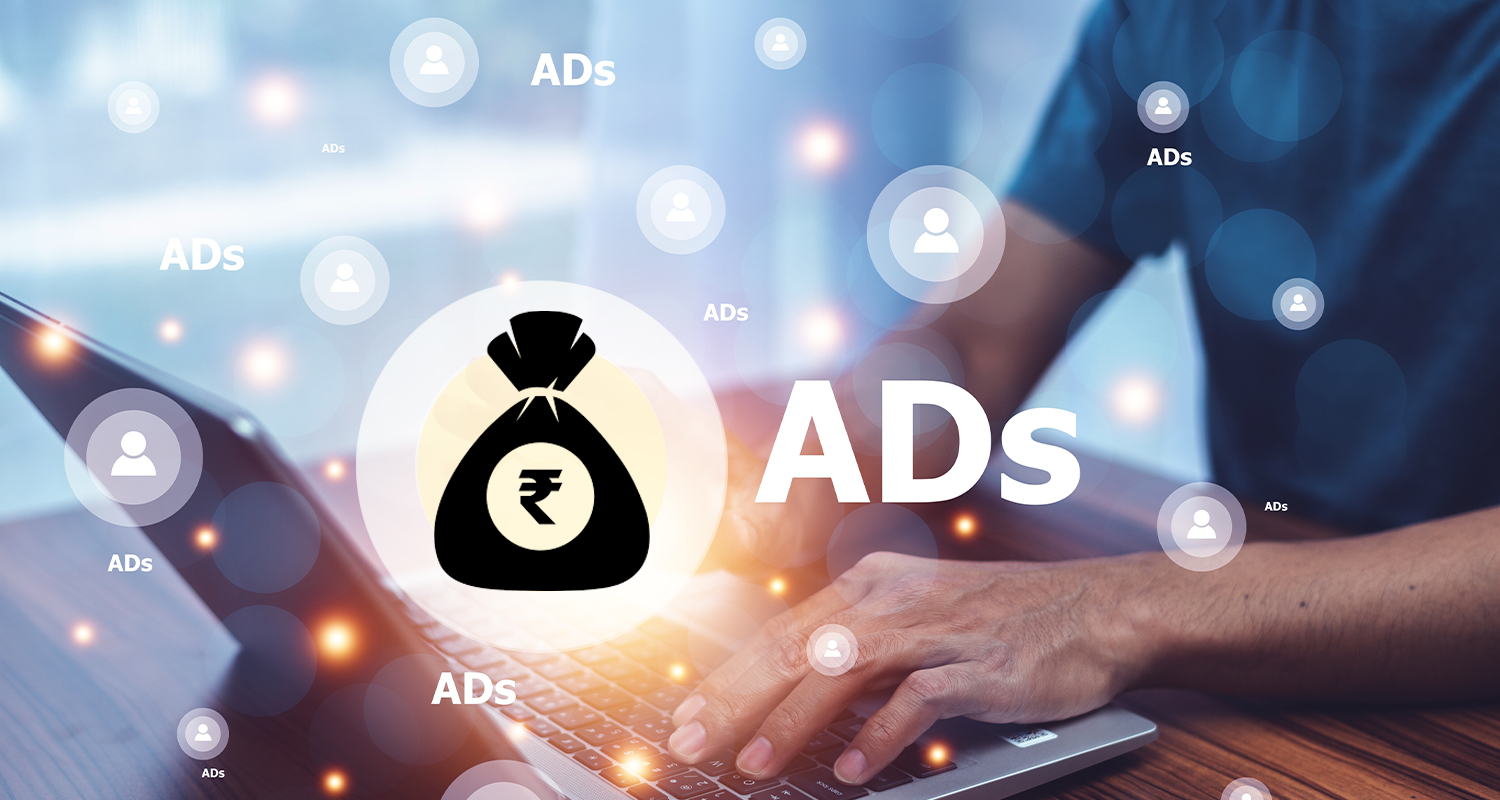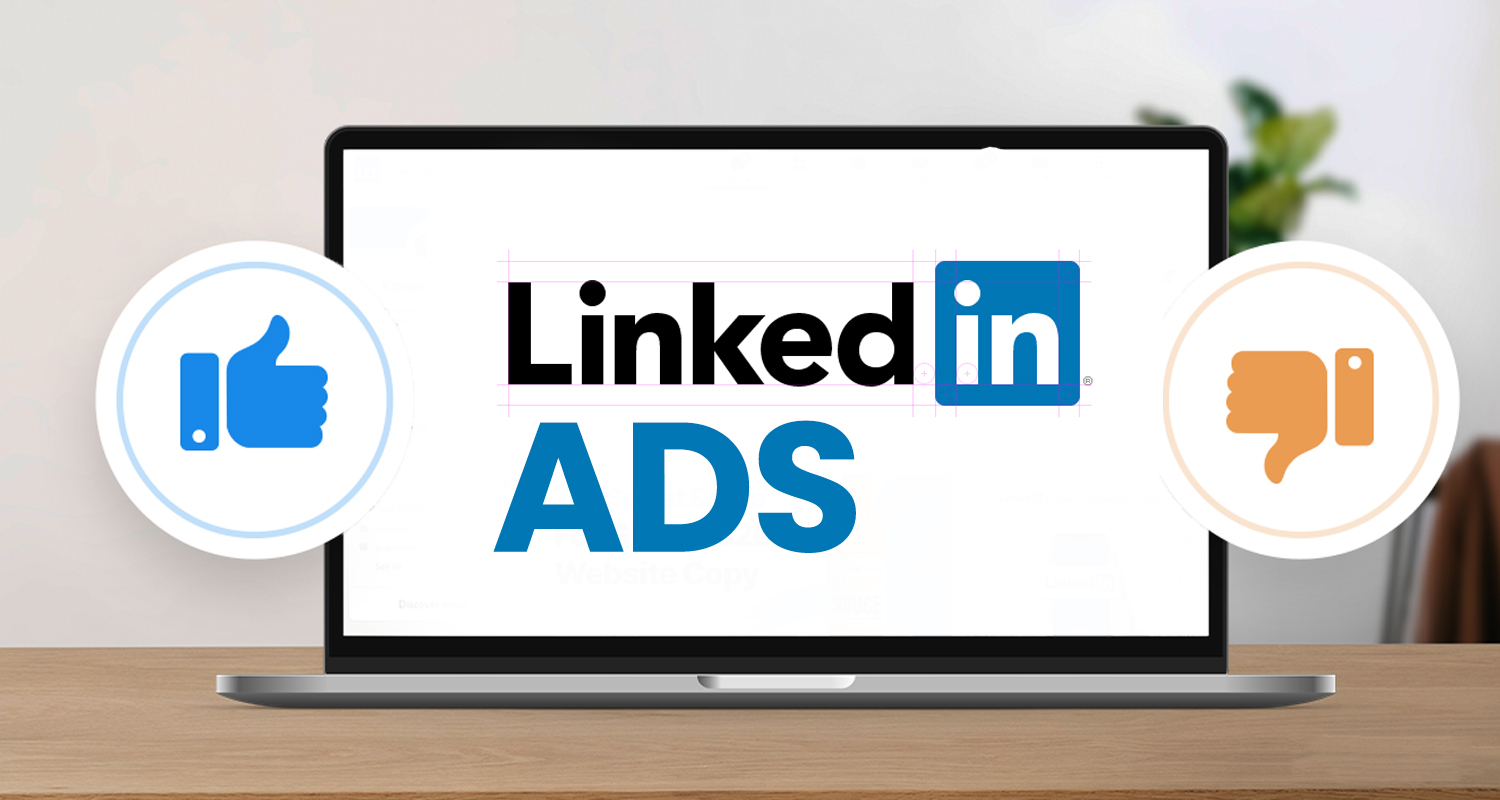

LinkedIn Ads Cost in 2025
Are you planning your 2025 marketing budget? You might be thinking, "How much do LinkedIn ads cost, and are they worth it?" With over 1 billion users, LinkedIn is an important network for B2B marketers looking to engage with professionals and decision-makers.
LinkedIn advertisements are extremely effective for reaching professionals, but they are typically more expensive than ads on sites such as Facebook or Instagram. Costs vary depending on audience targeting, bidding techniques, and campaign objectives. Understanding how these elements affect your budget is critical for developing a strategy that produces results without overspending.
What is the usual cost of running ads on LinkedIn?

On average, LinkedIn advertisements cost:
- $2.00 to $3.00 per click (CPC).
- $5.01 to $8.00 per 1,000 impressions (CPM).
- Sponsored messaging ads range from $0.26 to $0.50 per send.
These results position LinkedIn among the most expensive advertising platforms, which is consistent with its ability to provide access to professional and decision-making audiences.
Costs vary depending on the campaign's purpose, target audience, bidding technique, and ad relevancy score. For example, a lead generation campaign aimed at senior executives in a competitive industry will most likely be more expensive than a brand recognition campaign aimed at entry-level professionals.
LinkedIn's pricing schemes provide flexibility. CPC is ideal for initiatives that aim to increase interaction, but CPM is better suited to creating brand awareness. Sponsored messaging can be an effective way to communicate directly with a certain audience. Aligning these pricing models with your goals will help you manage expenses more effectively and maximize ROI.
What are The Key Drivers Behind Rising LinkedIn Ad Expenses?
LinkedIn ad costs are affected by a number of factors, including your target audience, budget, bidding technique, campaign purpose, and industry rivalry.
The more competitive or targeted your audience, the higher your costs will be. Your budget and bidding strategy have a direct impact on what you spend since they determine how LinkedIn prioritizes your advertising in its auction system. These considerations indicate that LinkedIn ad costs might vary greatly, even for campaigns conducted by the same advertiser.
1. Budget

Your budget has a direct impact on LinkedIn ad expenses because it sets how much your campaign can spend every day or throughout its full duration. LinkedIn offers three major budget options:
A greater budget helps LinkedIn to collect data more quickly and optimize advertising results. However, without precision targeting and a clear plan, this might result in wasteful spending. Begin with a modest budget to gain insights, then increase once you've determined what drives performance.
2. Bidding Strategy
LinkedIn provides three primary bidding mechanisms to manage your spending:
- Maximum Delivery: Uses your full budget automatically to achieve the best outcomes. This is a wonderful option for advertisers who want broad exposure without having to modify bids manually.
- Cost Cap: Establishes a maximum cost per action, such as a click or lead, allowing you to manage costs while remaining focused on your objectives.
- Manual Bidding: This gives you complete control over how much you bid on clicks, impressions, and other activities. This option is best suited for experienced advertisers who prefer a hands-on approach.
3. Audience

Your chosen audience is a major factor in determining LinkedIn ad pricing. LinkedIn's auction system forces advertisers to compete for the same audience, with highly competitive groups---such as senior executives or specialty professionals---costing more to reach.
Broadening your audience can save money, but it generally results in worse lead quality. Precise targeting by job title, industry, or region may incur additional expenditures, but it frequently yields higher-quality leads. LinkedIn's powerful segmentation features let you strike the ideal mix between cost and lead quality.
4. Ad Relevance
LinkedIn uses a relevance score to determine how engaging your ads are to the audience. If your ads are not relevant, the platform may charge more to compensate for the lack of engagement.
Is It Worth Investing in LinkedIn Ads?

Many organizations find LinkedIn to be an excellent medium for reaching out to professionals, decision-makers, and B2B audiences.
- What distinguishes LinkedIn is its ability to target high-value audiences. LinkedIn gives you access to professionals who actively engage with career-related information, which is useful for advertising products, generating leads, and hiring talent. This precision frequently justifies LinkedIn's greater pricing when compared to sites such as Facebook and Instagram.
- Success necessitates matching your advertising objectives with the appropriate audience and messaging. Campaigns that employ LinkedIn's advanced targeting technologies and provide clear, compelling offers tend to perform better. Lead Gen Forms, for example, can help ease the conversion process while also attracting high-quality leads.
- LinkedIn is best suited for organizations that have a clear strategy and a professional audience. LinkedIn can be effective if your target demographic is engaged on the platform and aligns with your business objectives. Monitoring performance data, like as conversions and engagement, enables you to fine-tune campaigns and achieve better outcomes over time.
How to Cut Down on LinkedIn Advertising Expenses?
Lowering LinkedIn ad expenses while retaining high performance necessitates careful planning. LinkedIn's advertising rates are greater than those of most other platforms. Therefore focusing on precision and performance is critical. Here are some tips to help you cut costs and enhance outcomes.
1. Refine Your Targeting.
Targeting the correct target reduces wasted impressions and increases engagement. Use LinkedIn's extensive targeting options, such as job title, firm size, industry, and interests, to connect with the most qualified leads. Research your target market to ensure that your campaign is in line with how they interact on LinkedIn.
2. Leverage Predictive Audiences
Predictive audiences allow you to increase your reach by targeting individuals who are similar to your current audience. This tool leverages LinkedIn's machine learning to identify users who are likely to take the requested action. Expanding efficiently with predictive audiences can assist in saving costs while increasing conversions.
3. Improve ad relevance.
Advertising relevance has a direct impact on expenses. Align ad language, images, and landing pages with your target audience's requirements. Experiment with different creatives to see which ones resonate the most with your audience. Relevant advertising performs better in auctions, lowering costs and increasing engagement.
4. Test and optimise.
A/B testing determines which techniques are most effective for your audience. Experiment with different headlines, graphics, CTAs, and targeting approaches to determine the most effective combinations. Analyzing campaign performance helps you to make real-time adjustments and focus your cash on the best-performing advertising.
Conclusion
LinkedIn Ads can be a powerful tool for reaching decision-makers and professionals, but their cost can be high compared to other platforms. The key to success lies in effective audience targeting, choosing the right bidding strategy, and maintaining ad relevance. By carefully monitoring campaign performance and optimizing targeting, creatives, and budget, businesses can maximize their return on investment. With a clear strategy in place and the right approach, LinkedIn Ads can deliver valuable results, especially for B2B marketers looking to engage with high-quality leads and professionals.
Frequently Asked Questions
What is the average cost of LinkedIn ads?
The average cost is $2.00-$3.00 per click (CPC) and $5.01-$8.00 per 1,000 impressions (CPM).
What factors affect LinkedIn ad costs?
Key factors include audience targeting, budget, bidding strategy, and ad relevance.
How can I reduce LinkedIn ad costs?
Refine your targeting, improve ad relevance, use predictive audiences, and perform A/B testing.
Are LinkedIn ads more expensive than other platforms?
Yes, LinkedIn ads tend to be more expensive due to their ability to target professionals and decision-makers.
What is the best bidding strategy for LinkedIn ads?
The best strategy depends on your campaign goal. Cost Cap and Manual Bidding can provide better control over expenses.

